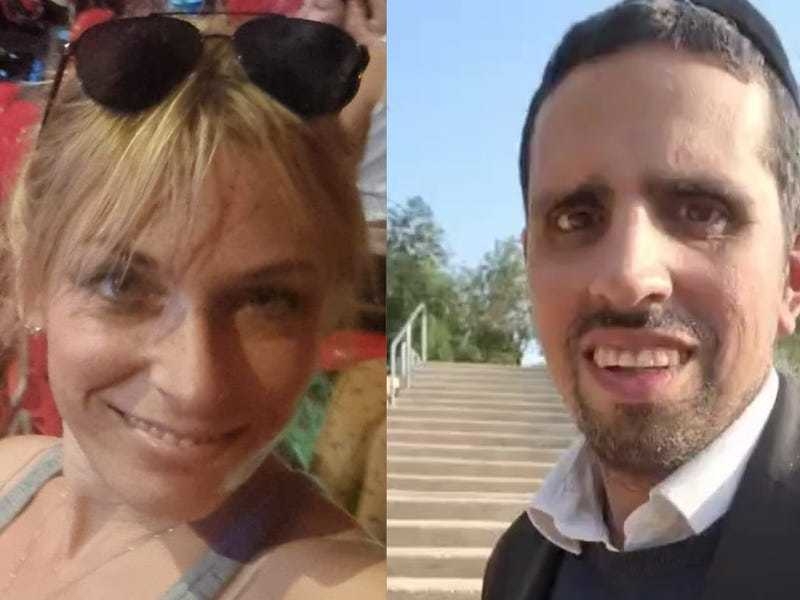IT’S always fun to see what our friends across the water in Guernsey are up to, and we Channel Islanders love nothing better than comparing ourselves to our sister isle, whichever way around it may be.
But this week let’s spare a thought for all those in Guernsey most upset at their government’s attempt to be inclusive when sharing a Tweet encouraging people to have their smear test.
The States of Guernsey Tweet said the following: ‘This year the Bailiwick’s Cervical Screening Awareness Campaign will launch today (7 June) and run for three weeks. This encourages anyone with a cervix to have their free screening appointment when invited.’
It was the ‘anyone with a cervix’ bit that raised more than a few eyebrows, and led to all sorts of reactions, from those attempting to be funny – including asking if their female dog with a cervix was eligible – to those outraged that the government should try to write women out of the narrative altogether.
A few hours later, in response to the hundreds of replies to its Tweet, the government sought to clarify why it had used such language, saying: ‘Free cervical screening is available for anyone with a cervix meaning women, non-binary people, trans men and intersex people through your GP, the Orchard Centre and Choices.’
We all knew what they were trying to achieve in that first Tweet, of course, and they had noble intentions, but perhaps it was just not very well thought through and executed.
But let’s leave the PC gone mad debate until another day, along with discussions around the questionable government tagline for the campaign ordering people to ‘drop their pants’.
Because this Tweet and subsequent fall-out raised a separate issue that deserves attention – an alarming number of women do not know that they have a cervix, let alone where in the body it is.
According to one American survey reported in the British press last year, only one in ten women could correctly identify a diagram of a woman’s reproductive system, while nearly one in four misidentified the vagina and 46% didn’t have a clue where the cervix was. That survey, and others like it, show that there are clearly major gaps in the knowledge we have of our own bodies.
And this got me thinking about another column subject which has been brewing for a while – when and how do we talk to our children about not only sex but their own reproductive organs.
I will admit that it was not until very recently while undergoing infertility treatment that I properly learned how certain parts of my own body work (or in my case should work).
And I’d probably still have trouble identifying some parts of the female anatomy on a diagram, especially using the correct terminology.
I’d imagine many men are in the same boat when it comes to their own bodies, and that’s before we even get started on understanding how the opposite sex’s body works.
And while we do not each need an indepth knowledge of how the body works – any part of it for that matter – unless we are a doctor or other specialist for whom such information is a key part of their work, this Guernsey example shows that we could all do with knowing the basics.
Which is exactly why we need to think about how and why we teach children such things from a young age.
The NSPCC’s Pantosaurus campaign which has been running for the past few years is designed to open up the conversation around ‘private parts’ and why no one should ask to see or touch them, apart from perhaps a nurse, doctor or family member in certain circumstances.
And increasingly the message is getting through that we should be using correct anatomical language with our children such as penis and vulva so that they can properly communicate about their bodies if they need to, when they are young and as they grow up.
But it’s clearly not just about educating our youngest children, but ourselves too.
And it’s about equipping ourselves with such knowledge so we can look after our bodies, both by attending screening appointments when they are applicable and due and by knowing the signs about what is normal and what isn’t.
Being comfortable with our own bodies also starts with being aware of them, and as a community we should not shy away from talking about these things. Treating such discussions as taboo only means more of us won’t know whether we have a cervix or not, what it does or why it’s important to get it checked on a regular basis after a certain age.
That Guernsey Tweet this week certainly got people in both islands talking, and the government got a fair bit of stick for it.
But it’s opened a conversation not just around inclusive language but hopefully about our bodies too.
PS: If you are a woman aged 25 to 64 or fit into any of the other categories listed above and have a cervix you are eligible for free cervical screening in Jersey, with smear tests recommended every three years. Please go and have your test when it’s due – it’s quick, painless and the doctors and nurses who carry out the tests have seen it all before, many times over.
PPS: The cervix is a cylinder-shaped neck of tissue which connects the vagina and the uterus. You will find it right at the bottom of the uterus and it is usually two to three centimetres long.






